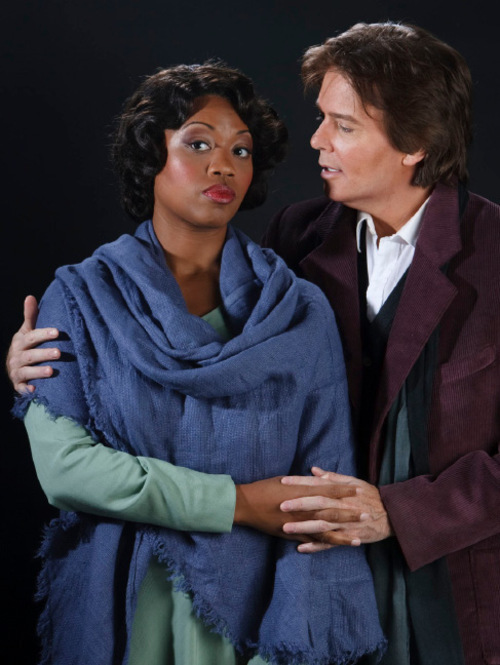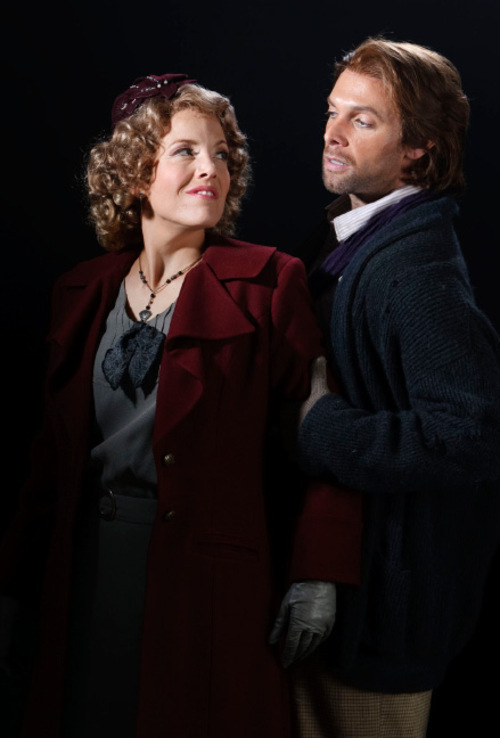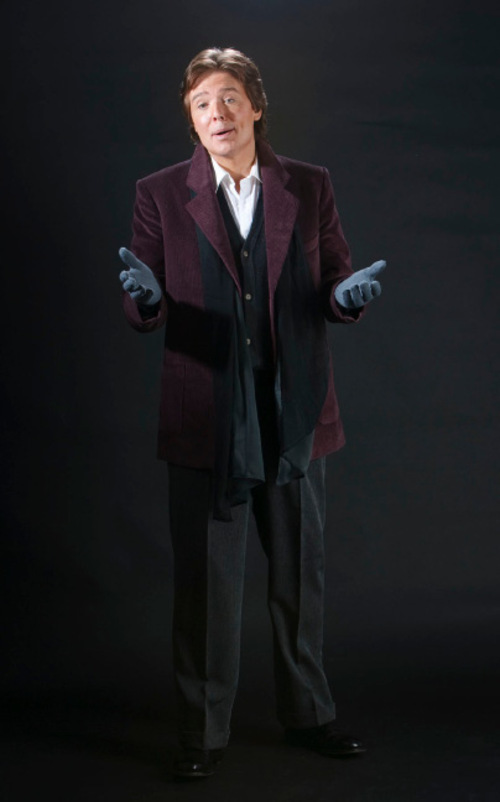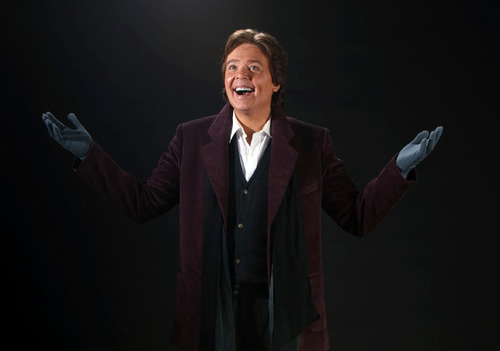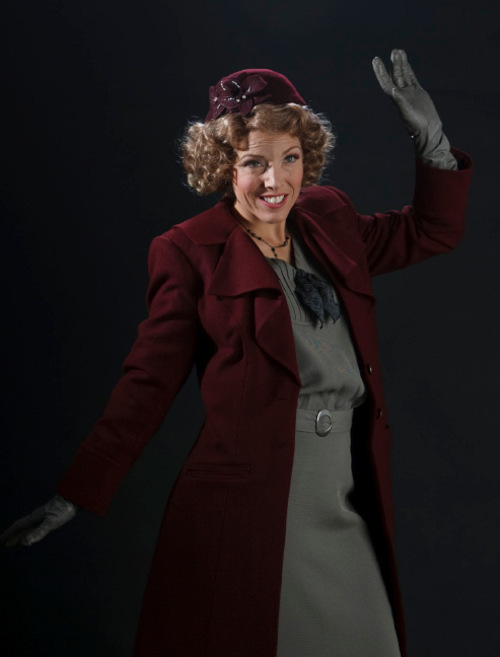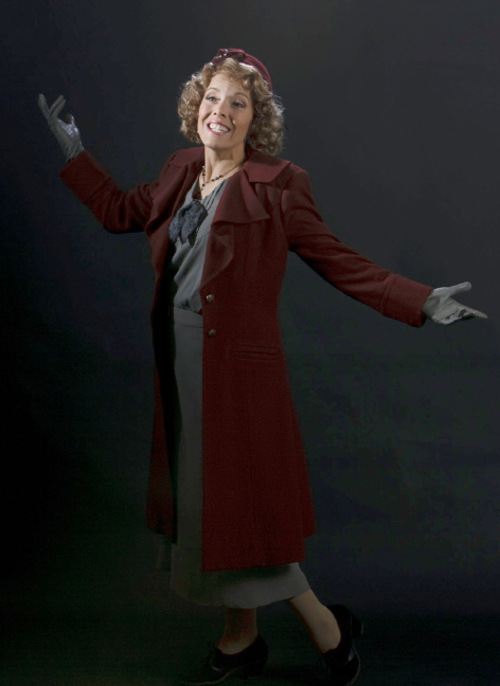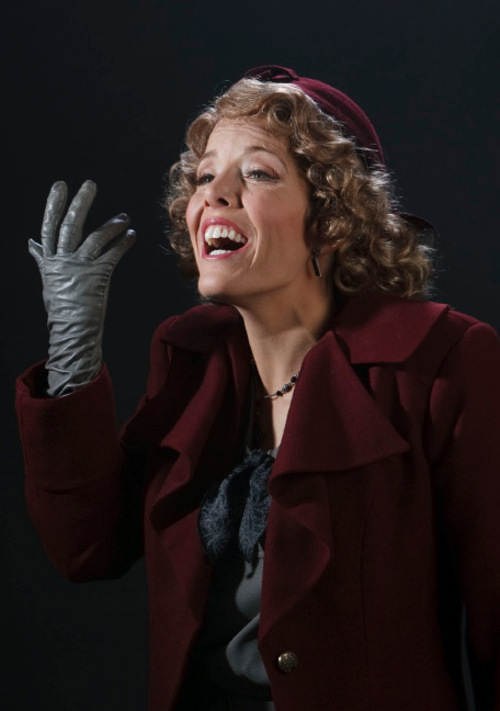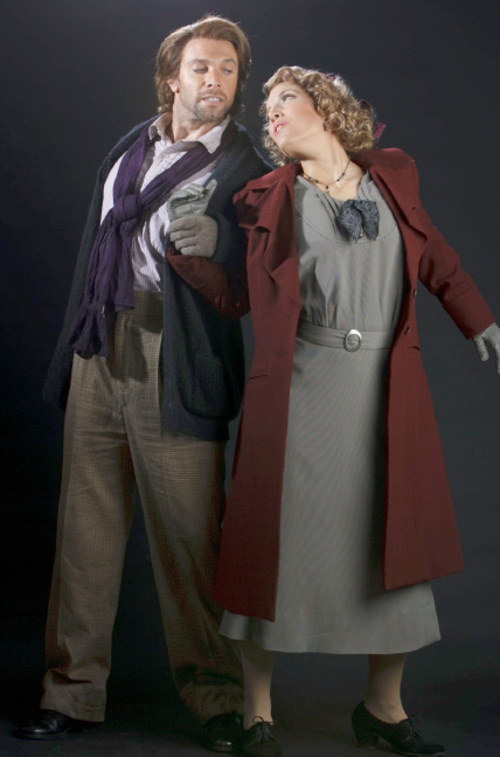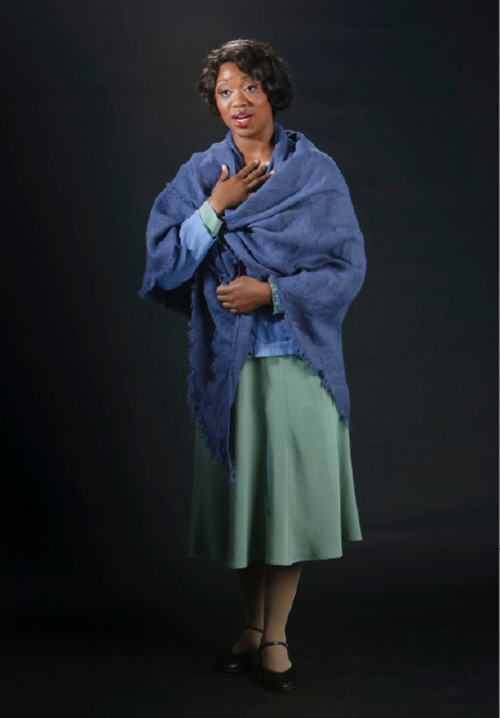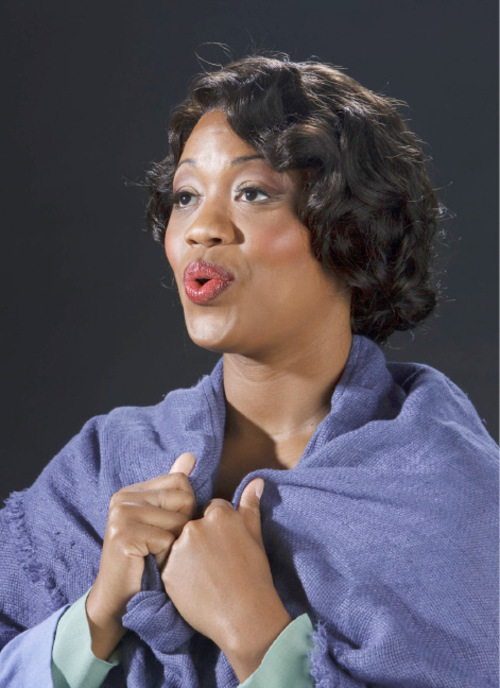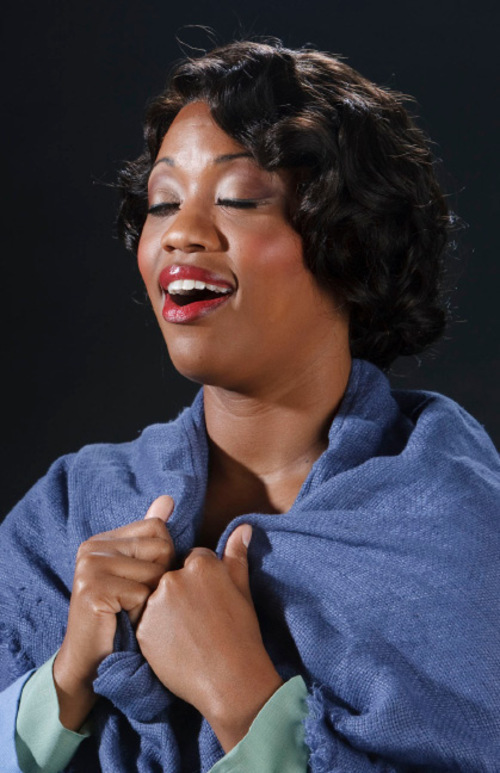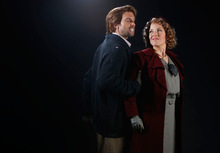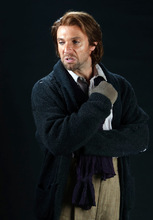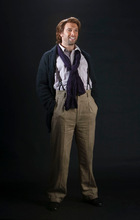This is an archived article that was published on sltrib.com in 2010, and information in the article may be outdated. It is provided only for personal research purposes and may not be reprinted.
Why do audiences return to "La bohème" again and again?
Great music and a timeless story.
"If you're looking for the perfect opera, this is it," said stage director Crystal Manich. "There is nothing extraneous. It's a very compact drama — less than two hours of music." And, she added, "the music is still one of the best scores in the opera repertoire."
Puccini's portrait of starving artists in love has been box-office gold at opera houses and on Broadway since it premiered in 1896. Jonathan Larson gave the story new life when he reinvented "Bohème" as "Rent" in 1996. Utah Opera's production, which opens the company's season on Saturday, Oct. 16, does a little updating, too: This version moves the action from the 1830s to 1939. Manich said world events of that time shed new light on the story, with political turmoil underscoring the young lovers' precarious circumstances.
France entered World War II in September 1939, and the Nazis invaded in June 1940.
" 'Bohème' is set between December and April. It's the perfect time," Manich said, adding that the months between the declaration of war and the beginning of significant combat were known as the drôle de guerre, or phony war. "It was a huge time of uncertainty," she said. That time also marked the twilight of the bohemian scene in Paris that Puccini immortalized in "La bohème."
"All of this, of course, is impossible to express onstage, but it's an important element for the cast to latch onto," the director said.
Likewise, Manich said her study of Puccini's source material, a series of semi-autobiographical sketches by novelist Henri Murger, has been useful in helping the singers develop their characters. For example, the musician Schaunard "is a very egotistical character. He prides himself on his cleverness. You'd never know it from the opera, but in one of the [Murger] stories, he breaks up with his girlfriend because he notices that one of her knees is bigger than the other. What a great thing to say to a singer. The audience doesn't know that, but they will see a more three-dimensional portrayal."
Puccini and his librettists, Luigi Illica and Giuseppe Giocosa, did a masterful job creating relatable characters, said tenor Gerard Powers, who plays the poet Rodolfo. Listening to the rapturous poetry in the first-act duet between Rodolfo and the seamstress Mimì, it's easy to see why they fall in love — though "I don't think [Rodolfo] is as talented as the librettists," he said.
Rodolfo turns out to be a less-than-ideal boyfriend, irrationally jealous and unable to cope with the stress of Mimì's terminal illness. Despite her frailty, Mimì "is really the strong one," said soprano Laquita Mitchell, who will portray her. "She's a very honest character — very shy and coy, but she's a realist. … Living with her illness, she sees that life is truly but a vapor."
Powers chalks up Rodolfo's mistakes to youth and inexperience. "Most people in their 20s have what I call a trial-and-error period," so he tries not to judge his character too harshly, he said.
"Anyone can connect to the story, regardless of whether you're an artist," Manich said.
Then there's the score. It's packed with tunes that you'll probably recognize even if you've never seen a production of "La bohème."
"For me, Puccini is a genius," said conductor Leonardo Vordoni. "The tools he gave the orchestra are unbelievable to me. … Even if you're blind, you can feel the weather; it's totally descriptive."
The orchestra itself is a character in the opera, the conductor said. "It's not just an orchestra; it's one of the principals."
Powers believes that a little pre-performance homework will enhance the experience for audience members as well as singers — whether they're seeing "La bohème" for the first or 21st time.
His advice: Read the libretto or find subtitled videos of the arias on YouTube. —
Cold hands, warm heart
P Utah Opera presents Puccini's "La bohème." The opera is sung in French, with surtitles in English. The production includes new staging that updates the action from the 1830s to 1939.
Where • Capitol Theatre, 50 W. 200 South, Salt Lake City.
When • Opens Saturday at 7:30 p.m.; evening performances continue Oct. 18, 20 and 22, with a 2 p.m. matinee Oct. 24.
Running time • About 2 1/2 hours, including two intermissions.
Tickets • $15-$85 at 801-355-ARTS, the box office or http://www.utahopera.org. Prices rise $5 on performance day.
Learn more • Karen Brookens, head of the Weber State University voice area, will give a free preview lecture on Wednesday at 7 p.m. in the fourth-floor meeting room of the Salt Lake City Library, 210 E. 400 South. Also, Utah Opera artistic director Christopher McBeth will conduct a Q&A in the theater's mezzanine-level Founder Room after each performance. —
Who's who
Mimí (soprano Laquita Mitchell) • A seamstress who knocks on Rodolfo's door looking for a match to light her candle.
Rodolfo (tenor Gerard Powers) • A poet who falls in love with Mimì.
Marcello (baritone Brian Leerhuber) • A painter who is Rodolfo's best friend.
Musetta (soprano Celena Shafer) • Marcello's on-again-off-again girlfriend.
Colline (bass Derrick Parker) • A philosopher who rooms with Rodolfo and Marcello.
Schaunard (baritone Brent Reilly Turner) • A musician who rooms with Rodolfo and Marcello.
Benoit (bass Ryan Allen) • The bohemians' landlord. (Allen also portrays Alcindoro, Musetta's wealthy consort.)


